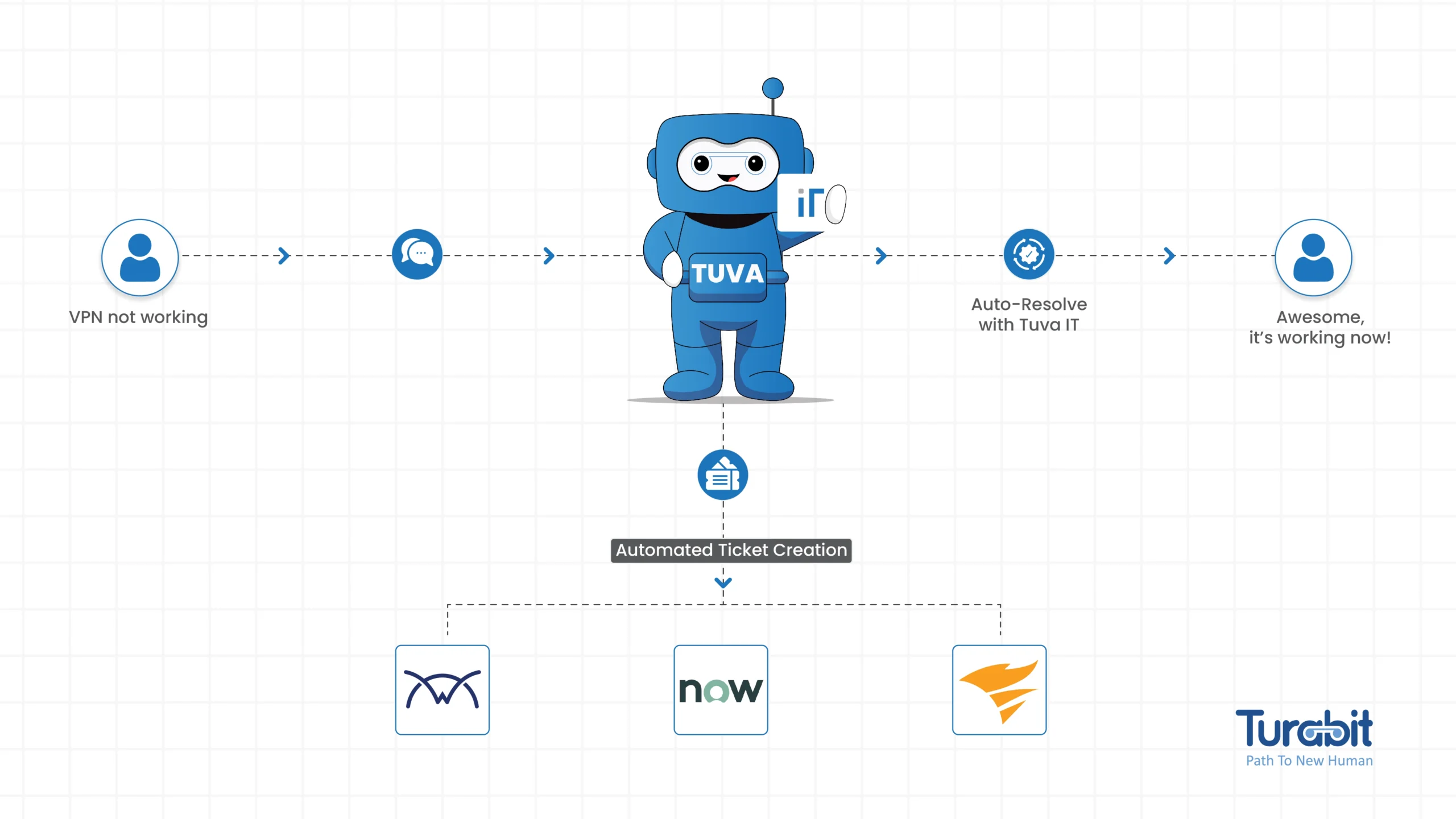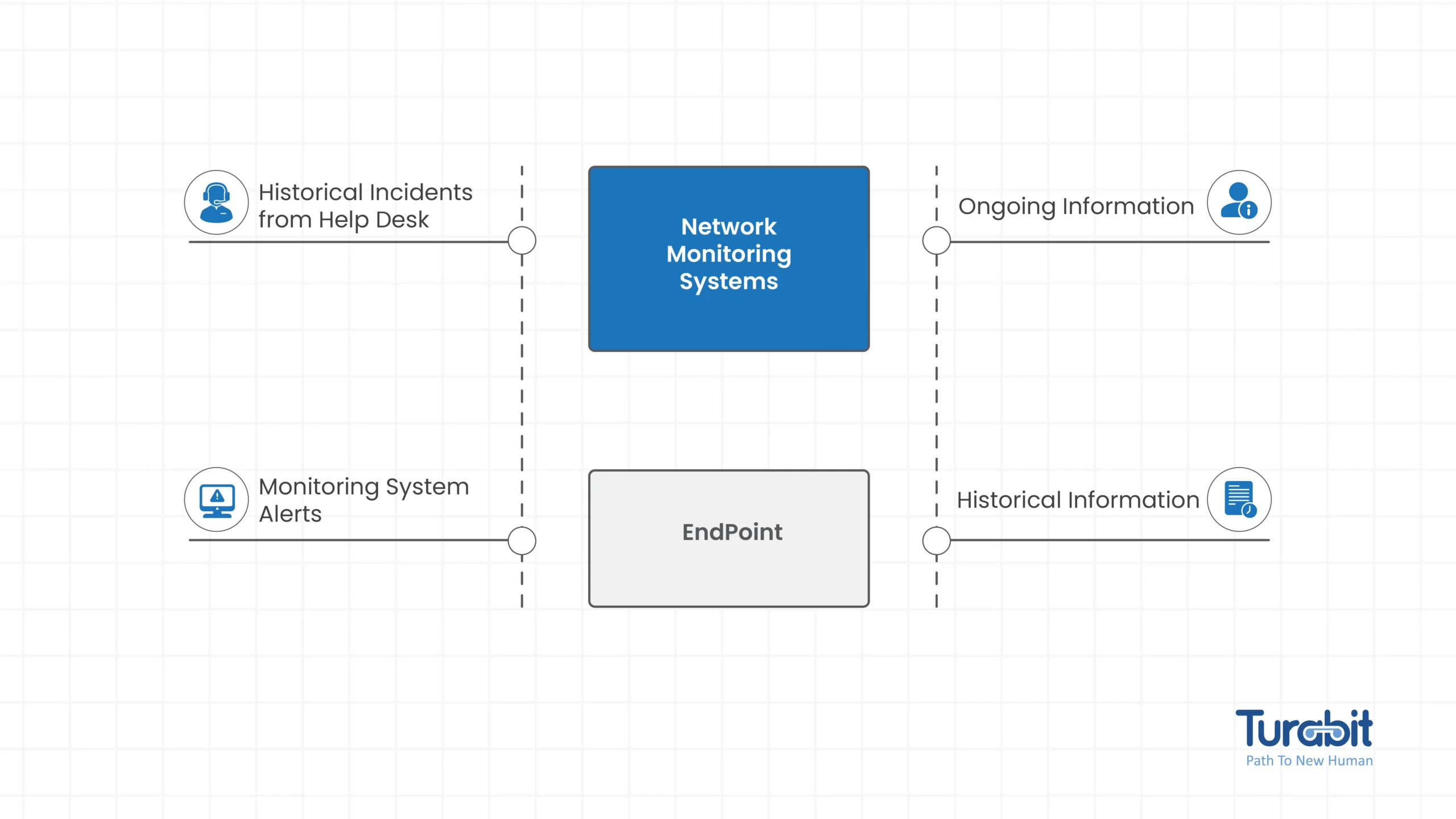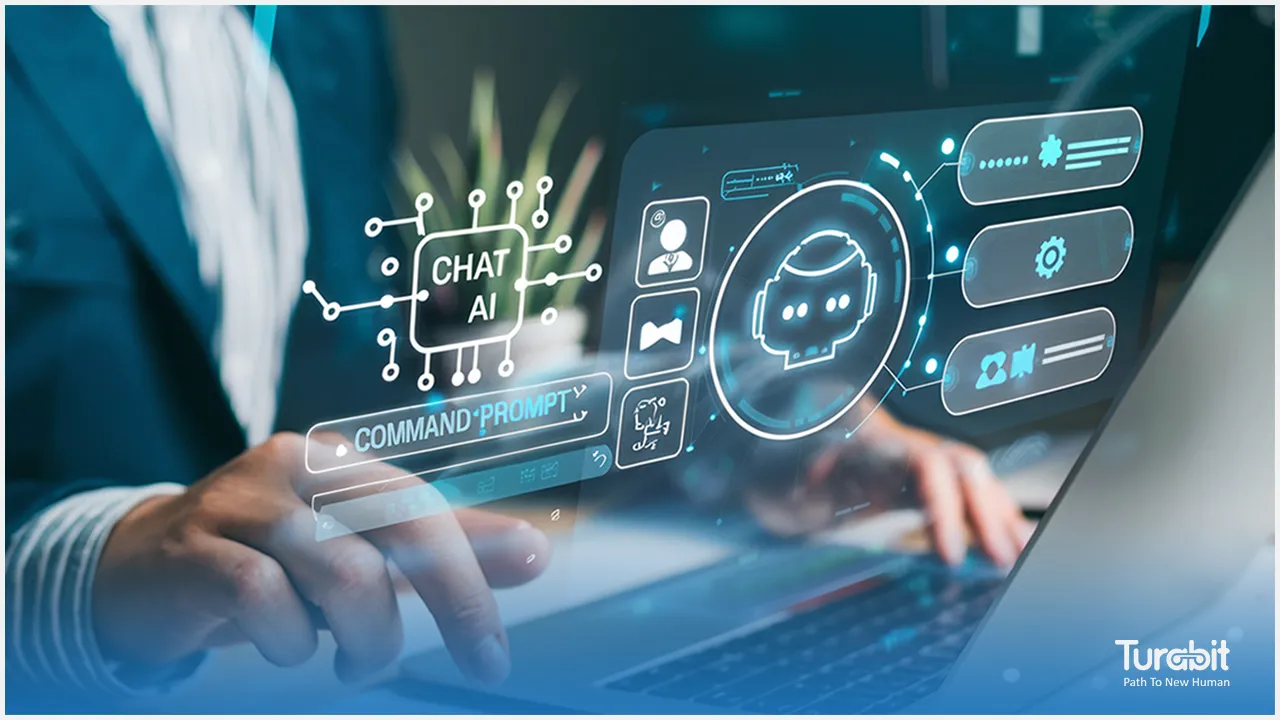Enhancing IT Service Management Systems with AI and Automation

Hope you found this preview Insightful and engaging.
To download the full copy of this whitepaper, please submit the form below
The drivers for change
In order to anticipate and resolve issues preemptively, CIOs advocate a shift toward proactive processes that utilize user-specific technical histories. A number of converging factors necessitate the adoption of advanced and automated ticketing systems, which are driving this strategic move.
Besides traditional tickets generated by humans, IT support now has to deal with machine-generated alerts as well. When monitoring systems identify performance issues in applications, they automatically create incident tickets directly into the ticketing system. The surge in machine-generated tickets overwhelms IT support teams, making it difficult for them to manage the escalating volume efficiently.
Among this volume of tickets, IT support reps may ignore these machine-generated tickets or respond to them late, irrationally.

With the emergence of cloud computing, a paradigm shift has occurred in computing architecture, as n-tier architectures, powered by APIs, have replaced the traditional two-tier model. By connecting applications from multiple vendors, APIs create an ecosystem that is highly integrated yet intricate. As a result of such a framework, it presents a formidable challenge for humans to identify the underlying causes of issues and resolve them in an effective way.

AI and automation for IT support ticketing systems
Using AI and automation, IT support teams can significantly reduce their workload. By combining historical incident information from IT ticketing systems with alerts from monitoring tools, AI and machine learning systems can mimic human root cause analysis. As a result of advanced endpoint and network monitoring, users are able to resolve issues more promptly and effectively. By scanning extensive data sets, AI systems can identify patterns, suggest precise solutions, instead of IT support agents struggling to find the root cause. As a result, IT support operations become more effective not only by increasing efficiency, but also by speeding up the resolution process.
Another significant factor is the added complexity introduced by cloud computing to modern computing architectures. Many applications are interconnected through APIs, often sourced from a diverse array of vendors. This interconnectedness, combined with the dynamic nature of cloud services, makes it exceptionally challenging for IT professionals to diagnose and resolve the root causes of issues within such a multifaceted environment. Furthermore, the variability in API performance and compatibility can add layers of difficulty, requiring more advanced diagnostic tools and approaches to maintain system integrity and performance.

CIOs often mention three key improvements that they believe can significantly improve their operations: automating ticket resolution, improving communication with users, and predicting issues before they arise.
Typically, teams resolve tickets manually in environments like call centers, IT help desks, or customer service desks. Automation usually begins with runbooks, which provide step-by-step instructions on how to resolve problems. Help desk agents have often responded with scripted responses and predefined phrases.
A second major complaint of CIOs is user frustration caused by inconsistent and inaccurate information. Providing precise, self-service information to users would be more effective than interacting with multiple agents, which often provide varying and sometimes contradictory instructions.
Finally, IT support teams that predict potential outages can prevent significant downtime and ensure smoother operations by proactively dealing with issues.
That’s all for preview, Download Full Copy of this Whitepaper
Related Resources




